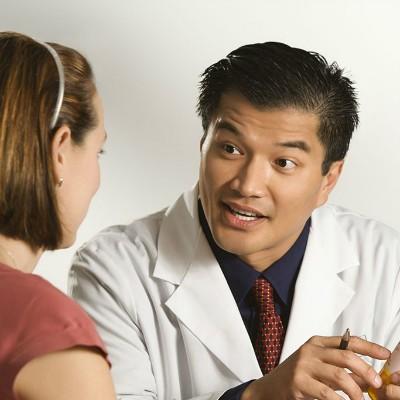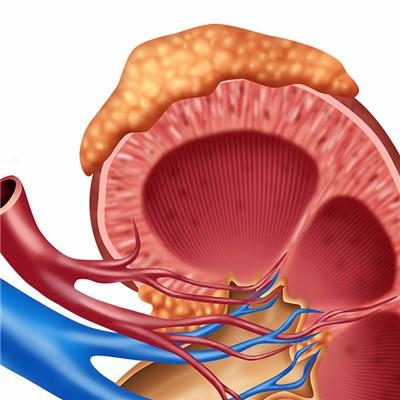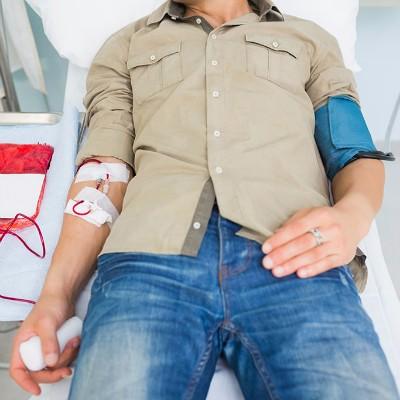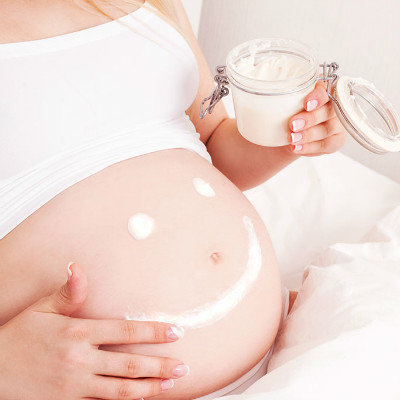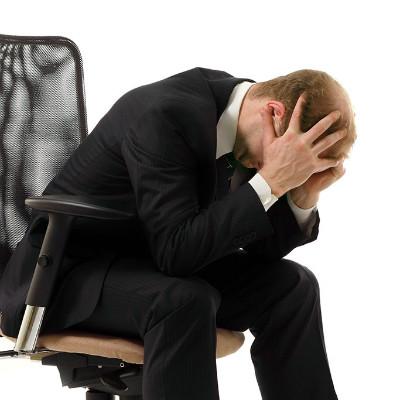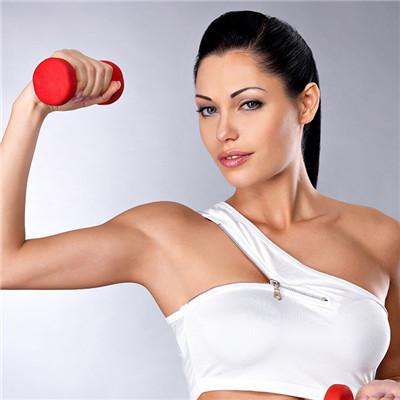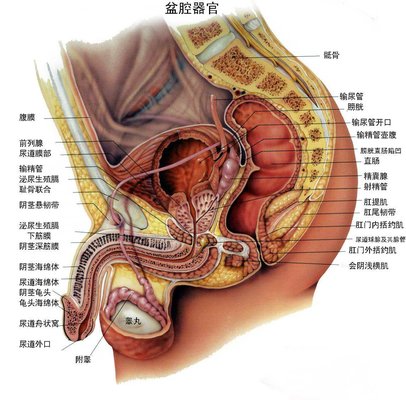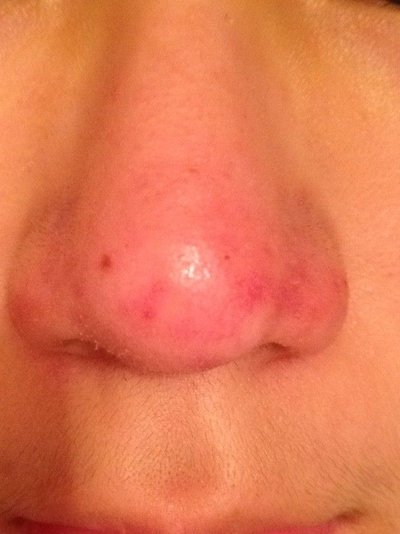Symptoms and treatment of esophagitis
summary
Esophagitis refers to the inflammation caused by edema and hyperemia of esophageal mucosa due to abnormal stimulation of superficial or deep tissue of esophageal mucosa. These stimulations include stomach acid, bile from duodenum, liquor, pepper, too hot vegetable soup, too hot tea and so on.
Symptoms and treatment of esophagitis
The incidence rate of ulcer caused by Barrett esophagus is 2% to 54%. Esophageal columnar epithelium can be ulcerated after being eroded by acid digestive juice. It has symptoms similar to gastric ulcer. Pain can radiate to the back, and can cause perforation, bleeding, infiltration, stenosis after ulcer healing, and symptoms of hypopharynx.

Stricture esophageal stricture is the most common complication of Barrett's esophagus, with an incidence of 15% - 100%. The stenotic sites were more than the squamous columnar junction in the middle and upper esophagus, and the strictures caused by gastroesophageal reflux were mostly located in the lower esophagus. The incidence of reflux esophagitis was 29% - 82%. The lesions may involve columnar epithelium alone, squamous epithelium and columnar epithelium at the same time.

Dysplasia can occur in the columnar epithelium of Barrett's esophagus. The degree of dysplasia can be from low to high. Sometimes, it is difficult to distinguish low-grade dysplasia from normal columnar epithelium. Sometimes, it is difficult to distinguish high-grade dysplasia from carcinoma in situ, and it can progress to invasive carcinoma. These malignant tumors are adenocarcinoma.
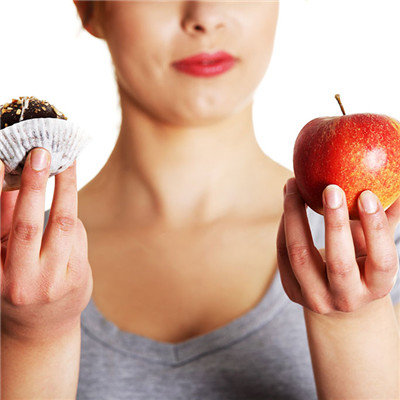
matters needing attention
Because the reflux is easy to happen at night, when the patient is in the horizontal position and the head is low and the foot is high, the head of the bed should be raised so that there is an oblique slope from the head of the bed to the end of the bed, so that the reflux can be eliminated quickly. Ask the patient not to eat before going to bed, the interval between dinner and sleep should be longer than 3 hours. After each meal, let the patient in an upright position or take a walk after the meal, with the help of gravity to promote food emptying. In addition to avoid eating stimulating food, avoid strenuous exercise.
